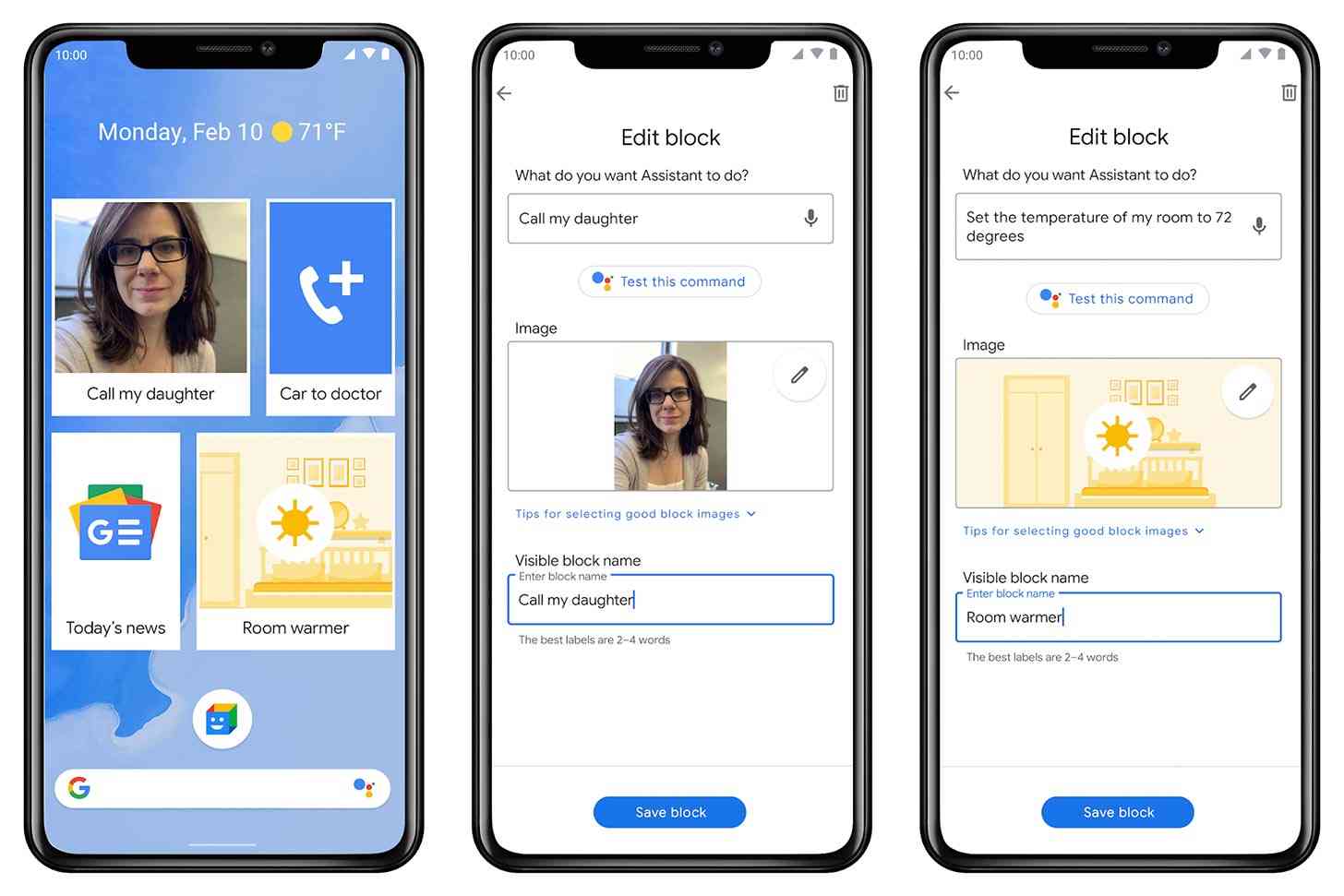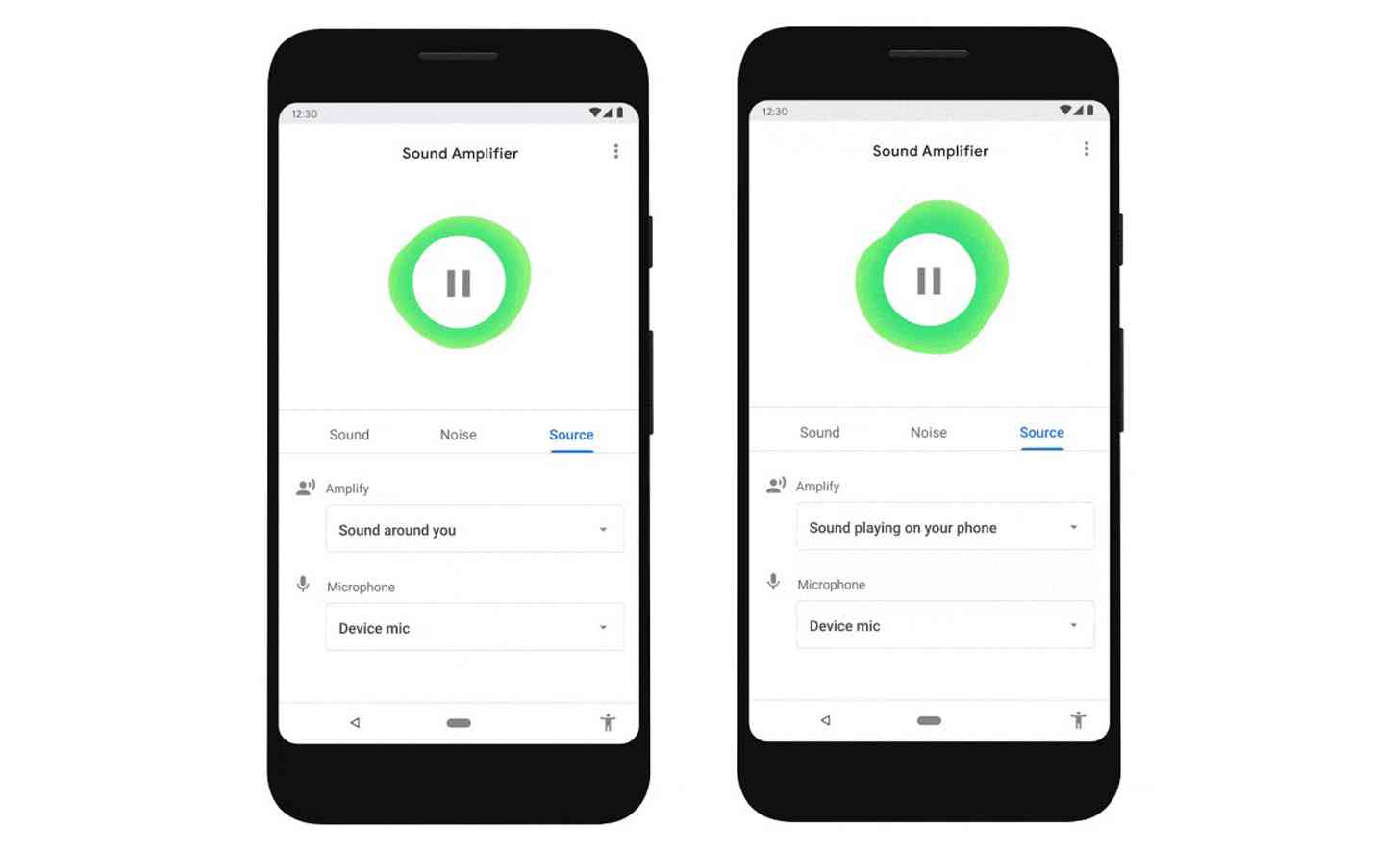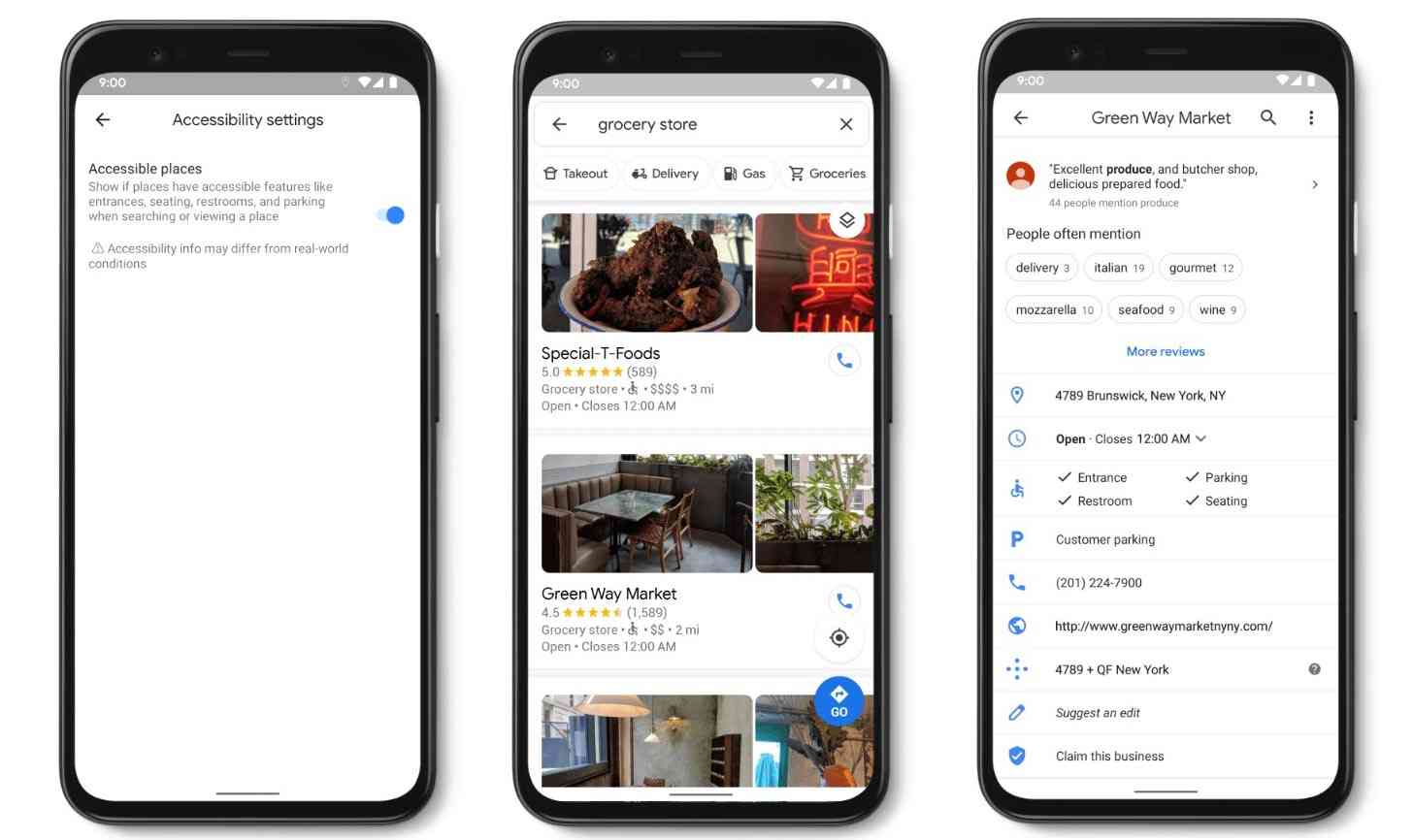
Today is Global Accessibility Awareness Day, and so Google is taking the opportunity to introduce some new accessibility features for Android.
First up is Action Blocks. This feature is meant to take an action that normally requires multiple steps and create a one-touch shortcut for it on the home screen, making it faster and easier especially for those with limited mobility.
You can create an Action Block for any action that Google Assistant can perform. That includes making calls to a particular contact, sending texts, playing videos, taking a selfie, and controlling smart home devices.
Once you've chosen your action, you can pick an image for the Action Block from your camera or photo gallery to make it easily recognizable, then place the Action Block on your home screen for quick access.
Action Blocks is an app that's now available on the Play Store. It works on devices running Android 5.0 and above.
Also news today is that Google is improving Live Transcribe, a feature it first launched in 2019. Live Transcribe can offer real-time speech-to-text transcriptions of everyday conversations for people who are deaf or hard of hearing.
The new Live Transcribe features include the ability to make your phone vibrate when someone nearby says your name. You can also add custom names or terms for places and objects not commonly found in the dictionary so that Live Transcribe can better recognize and spell words that are important to you.
Google is making it easier to search past conversations in Live Transcribe, too. You can use the search bar to look through past transcriptions after enabling the "Saving Transcriptions" feature in settings. Transcriptions are saved locally on your device for three days.
Finally, Live Transcribe is adding support to more languages, including Albanian, Burmese, Estonian, Macedonian, Mongolian, Punjabi, and Uzbek.
Live Transcribe comes preinstalled on Google Pixel phones and is available in the Play Store for devices running Android 5.0 or higher.

Sound Amplifier is another existing feature that's getting better today. Google says that Sound Amplifier now works with Bluetooth headphones. Just connect your Bluetooth headphones and place your phone next to the source of sound you want to hear better.
Pixel phones can also boost the media playing on the device, like if you're watching a YouTube video or listening to music or a podcast.
You can grab Sound Amplifier from the Play Store if you've got a device running Android 6.0 or higher.

Finally, Google is making it easier to find places that are wheelchair accessible in Google Maps. A new setting called "Accessible Places" will make wheelchair accessibility information more prominent in Google Maps.
When you turn "Accessible Places" on, you'll see a wheelchair icon for places that have an accessible entrance. You'll also be able to see if a place has accessible seating, restrooms, or parking. If it's been confirmed that a place doesn't have an accessible entrance, that info will be shown, too.
Google Maps currently has wheelchair accessibility info for more than 15 million places around the world, more than double what it had in 2017.
To activate Accessible Places, be sure to update your Google Maps app on Android or iOS to the latest version. Then launch Google Maps, go into the Settings, select "Accessibility", and turn on "Accessible Places". This feature is now rolling out in Australia, Japan, the UK, and the US, and more countries will be added in the future.
Google says it's also rolling out an update that'll make it easier for iOS users to contribute accessibility info to Google Maps.